How Much Does It Cost to Convert A Bike to Electric?
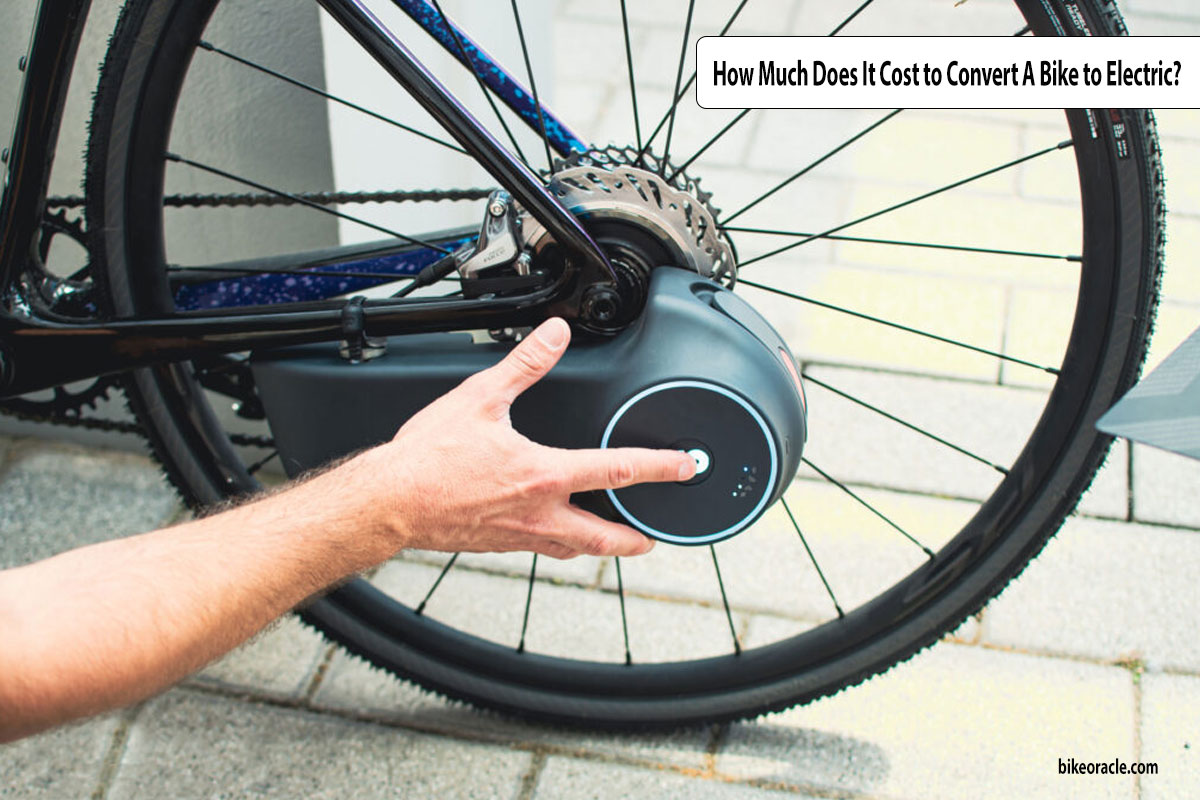
Embarking on the journey of converting a standard bicycle into an electric wonder typically involves a financial outlay ranging from $500 to $1,500. This route of transformation is an economical and expedient choice for those who aspire to relish the advantages of an electric bicycle without the necessity of procuring an entirely new one.
The market unfolds an array of conversion kits, affording you the liberty to select one that aligns harmoniously with your fiscal framework and particular requisites. These kits generally encompass an amalgamation of components such as a motor, battery, controller, and other integral elements. While the monetary commitment might oscillate contingent upon the caliber and attributes of the kit, it is imperative to contemplate the prospective long-term savings on fuel and maintenance, attributes that an electric bike graciously bestows.
Concurrently, converting your existing bicycle permits you to retain the frame and components that already have earned your comfort and familiarity, rendering it a pragmatic and budget-sensitive preference.
Surveying the Electric Bike Conversion Kit Spectrum
Seeking to metamorphose your bicycle into an electric dynamo? Explore the spectrum of cost options pertinent to electric bike conversion kits and amass insights on actualizing the electrification of your bike without puncturing your pocket.
Hub Motor Kits – Unveiling Streamlined Power
In the realm of converting a bicycle into an electric entity, hub motor kits emerge as a popular choice. These kits encompass a motor that becomes seamlessly integrated into the wheel’s hub.
The motor within a hub motor kit can be stationed either in the front wheel or the rear wheel, predicated upon your proclivity and the character of the bicycle under transformation.
Installation of hub motor kits is relatively facile and mandates minimal adaptations to the bike’s frame. This simplicity renders them a favored selection for those who are inclined towards a straightforward conversion voyage.
Hub motor kits deliver a smooth and noiseless ride, as the motor is harmoniously embedded within the wheel. These kits unleash splendid acceleration, extending their suitability to diverse terrains, including gradients and off-road trajectories.
The potency of hub motor kits is calibrated within the range of 250 watts to 1000 watts, affording you the liberty to designate the extent of assistance bestowing vitality to your electric bicycle.
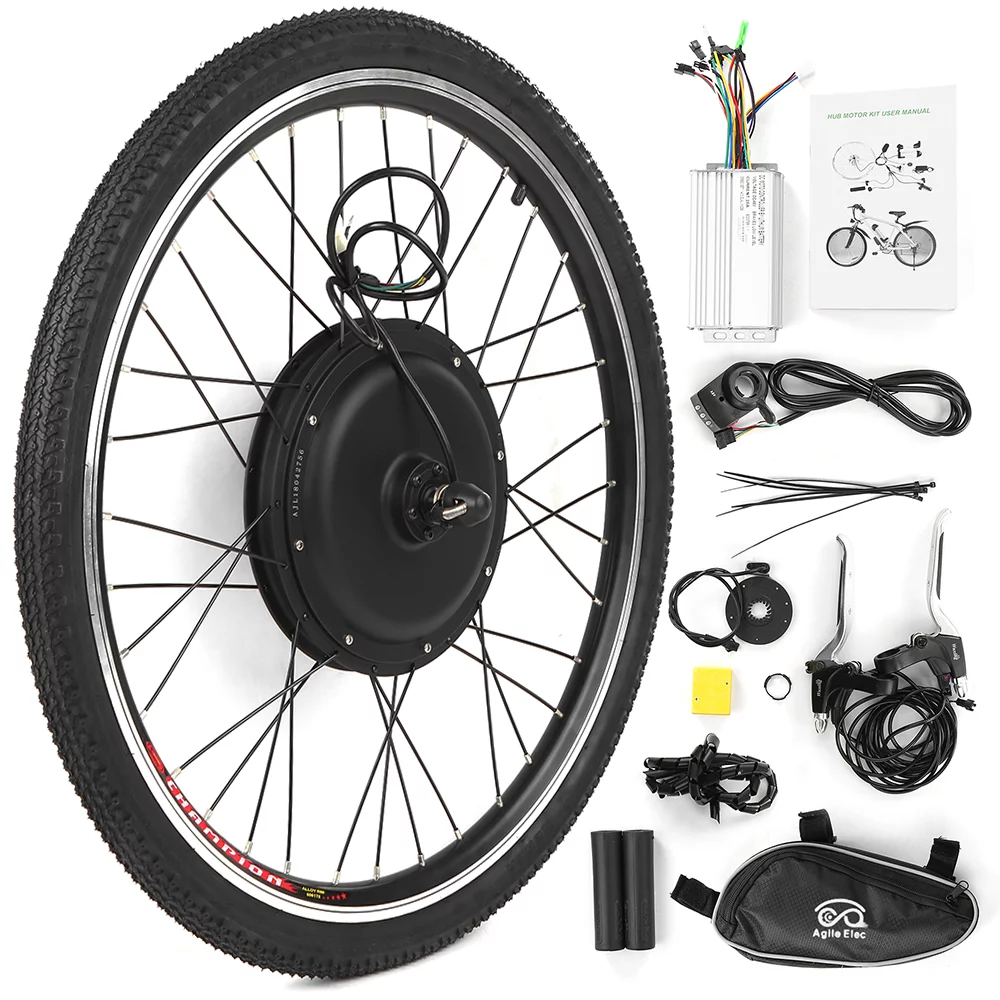
Mid-Drive Motor Kits – Ascending the Pedigree of Equilibrium
An alternative avenue to electric bicycle metamorphosis is the mid-drive motor kit. These kits encompass a motor that finds its anchorage on the bike’s bottom bracket, establishing a direct connection with the chain.
Mid-drive motor kits furnish a more equilibrated and organic riding experience, divergent from the panorama of hub motor kits. By situating the motor centrally, equilibrium and maneuverability flourish in tandem.
These kits unfurl exemplary torque, constituting a fitting choice for surmounting steep ascents and conquering arduous terrains. The linkage of the motor to the bicycle’s drivetrain engenders effective power transmission, ushering in a broader array of gear ratios.
Mid-drive motor kits resonate harmoniously with those who yearn for an electric bike conversion that amalgamates seamlessly with the essence of the bicycle. However, it is germane to acknowledge that these kits beckon more elaborate adaptations to the frame and drivetrain, nudging the installation process into a sphere of moderate complexity.
The power gradient of mid-drive motor kits commonly eclipses that of hub motor kits, spanning the gamut from 250 watts to 1500 watts. This grants you access to a more potent alliance, characterized by augmented assistance and amplified velocity.
Friction Drive Kits – An Unconventional Trajectory
As a distinctive path to rendering your bicycle electric, friction drive kits extend an intriguing choice. These kits encompass a motor that coalesces with the bicycle’s frame and employs friction to propel the bicycle onward.
The motor in a friction drive kit enters direct contact with the rear tire, thereby effectuating propulsion. This design circumvents the exigency for intricate modifications to the bicycle, streamlining the installation process into one of celerity and simplicity.
Friction drive kits epitomize versatility, for they can be readily transposed between different bicycles. If you are a connoisseur of multiple bicycles, the same conversion kit can moonlight across various cycles.
These kits dispense a noiseless journey and bask in a reputation for operational efficiency. They exhibit suitability for urban commutes and leisurely jaunts, furnishing a commendable degree of assistance for daily transit.
It is worth noting, however, that friction drive kits might not navigate treacherous gradients or rugged terrains with the finesse exhibited by hub or mid-drive motor kits. Moreover, the augmented friction exerted upon the tire may hasten tire attrition, ushering in more frequent requisites for replacements.
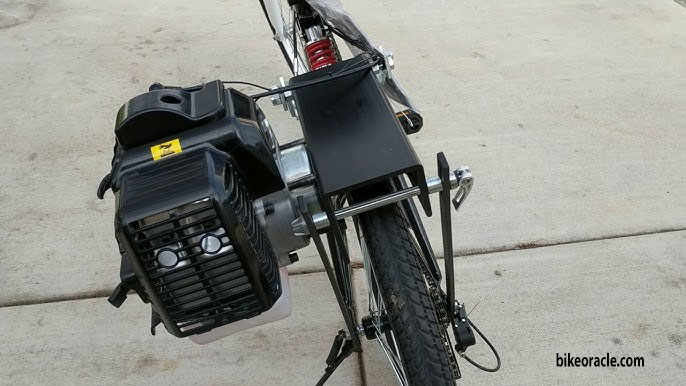
Remember, the selection of an electric bike conversion kit necessitates a thoughtful contemplation of factors such as budget, desired power echelons, installation intricacies, and anticipated usage. Each kit boasts its distinct strengths and limitations, thereby underscoring the significance of identifying the one that seamlessly aligns with your aspirations and predilections.
Charting a Methodical Path: A Step-by-Step Guide to Installation
Determined to metamorphose your bicycle into an electrifying marvel? Our comprehensive, step-by-step guide to installation affords a roadmap teeming with insights, cost breakdowns, and procedural guidance. Unveil the universe of electric bicycles without rupturing your budget.
So, you’ve cast your die in favor of converting your bicycle into a veritable electric stallion, but you’re beset by the quandary of where to commence. Allow your apprehensions to take flight, for we stand ready to guide you through the entire journey of electric conversion, beginning with the disassembly of the original components and culminating in the validation of the conversion through meticulous testing and calibration.
Let us embark upon this odyssey:
Disengaging the Original Components – The Prelude to Transformation
The voyage of converting your bicycle to electric unfolds by casting aside its original components. Here’s a blueprint of how you can execute this pivotal phase:
- Bid Adieu to the Front Wheel: Gently release the grip on the front axle nuts or quick-release lever, elevating the bicycle to facilitate the effortless removal of the wheel.
- Detach the Pedals: Enlist the services of a pedal wrench to undo the pedals by making a counterclockwise motion.
- Liberation of the Chain: Employ a chain tool to dissociate the chain from the bicycle.
- Extract the Bottom Bracket: Task a bottom bracket tool with the elimination of the bottom bracket from the bicycle’s frame.
- Parting Ways with the Front Derailleur: Execute the unscrewing of the front derailleur from the bicycle frame.
- Liberating the Rear Wheel: Analogous to the anterior wheel, tenderly loosen the rear axle nuts or quick-release lever, lifting the bicycle to effectuate the unhurried withdrawal of the wheel.
Harboring the Motor and Battery – Fusion of Power
The subsequent juncture in the transformation saga revolves around the installation of the motor and battery onto your bicycle. Here is a succinct account of the actions you should undertake:
- Affixing the Motor: Depending upon the typology of motor at your disposal, either secure it onto the front fork or undertake the substitution of the rear wheel with a motor-endowed wheel.
- Mounting the Battery: Articulate your discernment in determining an opportune locale on your bicycle to house the battery, ensuring a secure fastening and symmetrical equilibrium.
Weaving the Web of Connectivity: Controller and Accouterments
In tandem with the motor and battery alignment, it’s now time to weave the intricate web of connectivity that encompasses the controller and ancillary accessories. Traverse this route through the ensuing actions:
- Forging the Motor-Controller Nexus: Employ the cordage provided to establish a nexus between the motor and the controller, accentuating the scrupulous verification of the interconnections to ensure their steadfastness.
- Integrating the Throttle: Imbue vitality into your bicycle’s operation by linking the throttle to the controller, meticulously adhering to the instructions furnished by the manufacturer.
- Implanting the Brake Levers: Foster the synthesis of the brake levers with the controller, facilitating the seamless cutoff of power upon the application of brakes.
- Facilitating Supplementary Accessories: Should your proclivity lean toward the inclusion of supplementary accouterments like lights, horns, or a display panel, this juncture provides the propitious moment to integrate them.
The Litmus Test and Refinement: Testing and Fine-Tuning the Conversion
As the threads of connectivity are woven and the components judiciously assembled, the time is ripe for the litmus test and the consequential fine-tuning of the conversion. Effectuate this by pursuing the ensuing steps:
- Scrutinize Connectivity: Before ushering in your inaugural test ride, subject all connections to an exhaustive scrutiny to assure their robust stability.
- Subjecting the Motor and Throttle to Trial: Initiate your maiden voyage, progressively enhancing the throttle while discerning the motor’s performance in action.
- Fine-Tuning the Parameters: Should your kit or controller offer leeway for parameter manipulation, indulge in this phase to calibrate settings to resonate with your predilections.
- Calibration and Rectification: Assume a vigil over the ride, identifying areas of potential improvement or glitches that warrant your intervention. Engage in the requisite adjustments to rectify any concerns, encompassing aspects like noise, vibration, and handling.
And thus, you stand armed with a successfully converted electric bicycle, borne out of adherence to our meticulous and comprehensive step-by-step installation guide. Bask in the glory of this electrified journey, unshackled by constraints, and relish the liberating essence of exploration.
Frequently Asked Questions
What is the Pecuniary Quantum of Converting a Bicycle into an Electric Wonder?
This metamorphosis, encompassing the conversion of a bicycle into an electric entity, materializes within a fiscal expanse spanning from $500 to $3,000. The final quantum rests upon the quality of the components procured and the sophistication of the installation process.
Does the Conversion Yield Value Commensurate with the Investment?
Indeed, converting a bicycle into an electric marvel can be deemed worthwhile if your intentions encompass frequent usage, reaping the benefits of augmented propulsion for commutes or extensive jaunts.
What Unfurls as the Bounty of Converting a Bicycle into an Electric Splendor?
The conversion furnishes an assortment of merits, encompassing an extended operational range, augmented velocity, mitigated effort, and a more environmentally conscious mode of commuting.
What Temporal Interval Is Involved in Executing the Conversion?
The temporal span dedicated to converting a bicycle into an electric embodiment can fluctuate. Generally, the gamut extends from a few hours to a comprehensive day, hinging upon factors such as your proficiency and the intricacies entailed in the conversion process.
Does the Suitability of Conversion Extend to All Bicycle Variants?
While most bicycles harbor the potential to be converted into electric counterparts, it is paramount to factor in variables like frame compatibility, weight bearing capacity, and the specific type of riding you envisage.
Conclusion
The pursuit of transmuting a conventional bicycle into an electric chariot emerges as an avenue brimming with fiscal sensibility and ecological sagacity. The financial magnitude of this endeavor is diverse, hinging on factors such as the quality and nature of the conversion kit employed. The financial span for this metamorphosis fluctuates within the contours of $500 to $2,000.
While contemplating this venture, it’s salient to internalize that professional installation or the employment of your personal do-it-yourself acumen can sway the final financial contour. Moreover, the horizon extends toward considering the prospective long-term economization on fuel, maintenance, and parking charges – dimensions where the electric bicycle radiates as a judicious investment.
By embracing this conversion odyssey, you not only diminish your carbon footprint but also unshackle your potential to traverse a multiplicity of terrains, seamlessly surmount inclines, and conquer elongated distances with unruffled ease.
Furthermore, the digitized expanse abounds with an array of conversion kits and an invaluable repertoire of online resources, democratizing the process for a wider and eager constituency. Hence, if your enthusiasm orbits around cycling and you harbor an inkling to infuse added power into your rides, the avenue of converting your bicycle into an electric wonder unfurls as an irresistible consideration.
Embark upon this electrified escapade and reshape your cycling narratives into a symphony of exhilarating escapades!
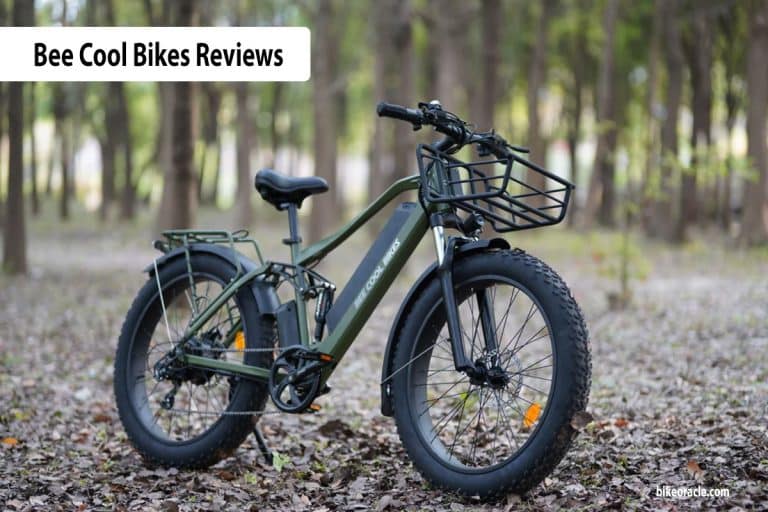

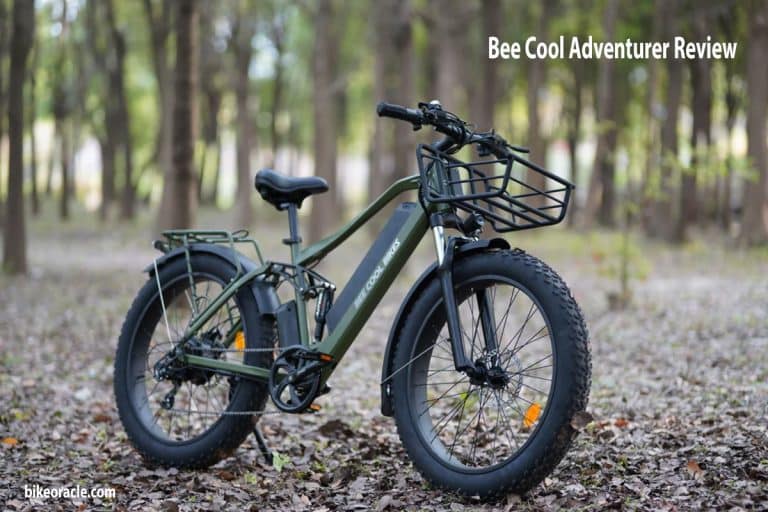
![How to Remove Speed Limiter on Electric Bike? [Answered]](https://bikeoracle.com/wp-content/uploads/2023/09/How-to-Remove-Speed-Limiter-on-Electric-Bike-768x512.jpg)
![How Much Does It Cost to Charge an Electric Bike? – [Answered]](https://bikeoracle.com/wp-content/uploads/2022/09/How-Much-Does-It-Cost-to-Charge-an-Electric-Bike-768x512.jpg)
![How Fast Does a 2000W Electric Bike Go? [Answered]](https://bikeoracle.com/wp-content/uploads/2023/10/How-Fast-Does-a-2000W-Electric-Bike-Go-768x512.jpg)